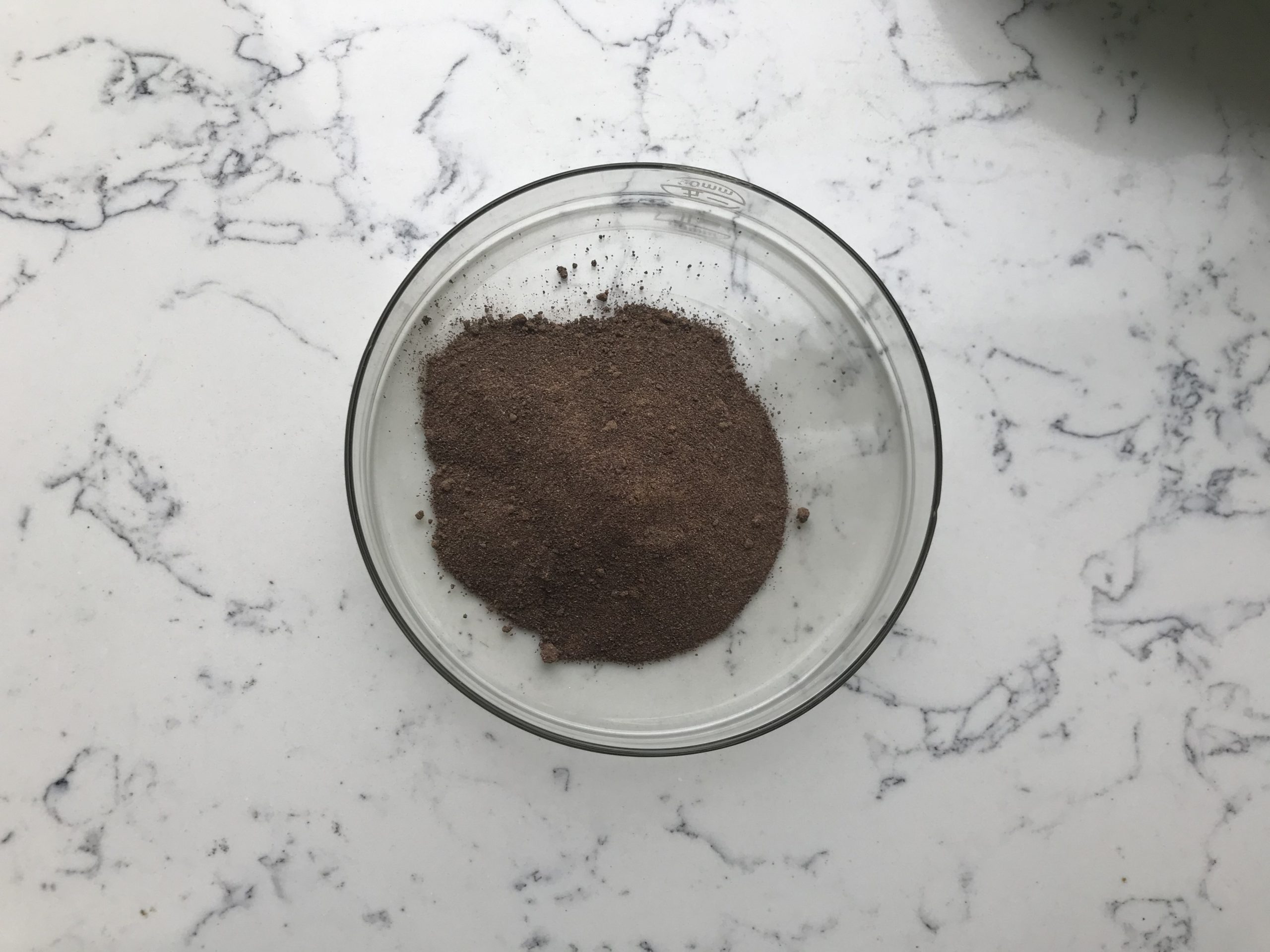A comprehensive study of propolis powder would encompass a wide range of aspects, including its composition, potential health benefits, uses, extraction methods, safety considerations, and more. Below is an overview of what such a study might entail:
1.Introduction to Propolis:
Definition and background information about propolis.
Its natural sources (bees) and purpose (hive construction and defense).
2.Chemical Composition:
Detailed analysis of the chemical constituents of propolis, which can vary depending on the geographic location and plant sources.
Major compounds typically found in propolis, such as flavonoids, phenolic acids, terpenes, and minerals.
3.Extraction Methods:
Various techniques for extracting propolis from beehives, including solvent extraction, supercritical fluid extraction, and mechanical methods.
Comparison of extraction methods in terms of yield and quality.

4.Physical and Chemical Properties:
Color, taste, and odor of propolis.
Melting point, solubility, and density.
Antioxidant capacity and radical scavenging properties.
5.Health Benefits:
A review of the potential health benefits associated with propolis, such as its antioxidant, anti-inflammatory, and antimicrobial properties.
Studies and clinical trials on the use of propolis in health and wellness.
6.Medical Applications:
The application of propolis in traditional and modern medicine.
Examples of its use in treating various health conditions, such as wound healing, oral health, and skin care.
7.Safety Considerations:
A review of potential side effects and allergic reactions.
Recommended dosages and contraindications.
Toxicity studies and safety assessments.
8.Quality Control:
Standards for the quality control of propolis products.
Methods for ensuring the authenticity and purity of propolis.
9.Regulatory Status:
Information on how propolis is regulated in different countries and regions.
The legal status and labeling requirements for propolis products.
10.Market Trends and Usage:
Analysis of the market for propolis products, including consumer trends and demand.
Information on various forms of propolis products (e.g., capsules, tinctures, and powders).

11.Future Research Directions:
Areas where further research is needed to fully understand the potential benefits and applications of propolis.
Emerging trends in propolis research and development.
12.Conclusion:
A summary of key findings and the overall significance of propolis, including its potential as a natural remedy and its importance in the apiculture industry.
A comprehensive study of propolis powder would require a multidisciplinary approach, involving experts in fields such as chemistry, biology, medicine, and regulatory affairs. This research could provide valuable insights into the uses and potential of propolis as a natural product with various health and therapeutic applications.
